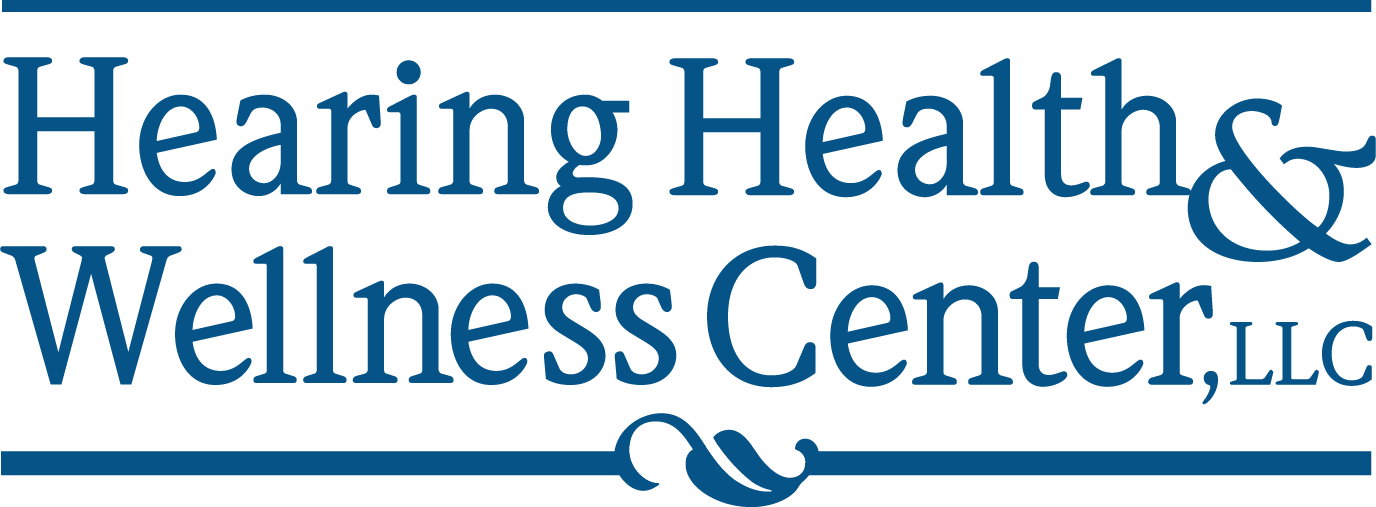Real ear measurement (REM) is an audiometric method for evaluating the efficacy and precision of hearing aid amplification. The goal of real ear measurement is to ensure that hearing aid users get the best audio quality and speech understanding from the said their device.
Real-ear measurements provide an accurate assessment of a hearing aid’s performance for a patient’s particular hearing loss by taking into account ear anatomy, ear canal volume, and the type and severity of a patient’s hearing loss.
The patient’s determined hearing threshold is compared to the real ear measurements. A hearing test’s findings can be used to modify the hearing aid to produce the best sound quality.
In order to ensure that hearing aids are fitted properly, an accurate ear measurement is necessary. Real ear measurement is not required, but if you work with a hearing care provider that uses REM as part of their normal fitting techniques, your chances of being successful with hearing aids are higher.
Hearing Health & Wellness Center implements the industry’s best practices and includes real ear measurements as part of the hearing aid fitting process.
How is Real Ear measurement done?
A tiny probe microphone is placed into the ear canal along with the hearing aid during real ear measurements. While listening to several recorded speech samples, the audiologist records readings of the precise sound levels a hearing aid user is receiving from the hearing aid.
How long does real ear measurement take?
Real ear measurement is a very quick and easy procedure that may be completed in five to twenty minutes. Every patient’s fitting procedure at Hearing Health & Wellness Center includes taking real ear measurements.
Why perform Real Ear measurements?
Real ear measurements help audiologists determine the exact sound levels a person with hearing loss needs and can tolerate. Through real ear measurements, we can adjust the hearing device appropriately, ensuring that the levels are a perfect balance between tolerable and audible.
Hearing aid users who have had their devices fitted and configured using real ear measurement report considerably better hearing experiences. This is also supported by a large number of studies and research.
If real ear measurement was not used during your hearing aid fitting and programming, it’s highly possible that you aren’t getting the most out of your hearing aids. Without REM, matching a patient’s hearing prescription accurately may be challenging, even with the most advanced hearing aids currently available.
Pre-programmed “first-fits” VS. real ear measurements
Almost all hearing aids are available with pre-programmed first-fits. Since hearing loss is unique for each person, much like fingerprints, using a device’s pre-programmed settings will not yield the best hearing improvement. The performance of hearing aids is significantly impacted by the real ear measurement and customization.
Hearing Health & Wellness Center uses real ear measurements to make sure that you get the most out of your chosen hearing aid. We know that you are investing in your hearing aid, and as your hearing care provider, we want you to experience the best hearing improvement possible.
Hearing aids and audiologists in Southington
We hope that you now have a deeper appreciation for and knowledge of ear measurements. However, if you want to get the most out of your hearing aids, we strongly advise that you contact an audiologist that uses real ear measurements.
Hearing Health & Wellness Center’s mission is to help you live a better quality of life through enhanced hearing. As part of our efforts to provide you with the best hearing solutions, we perform real ear measurements as part of hearing aid fitting and programming.
Schedule a consultation with us today!
